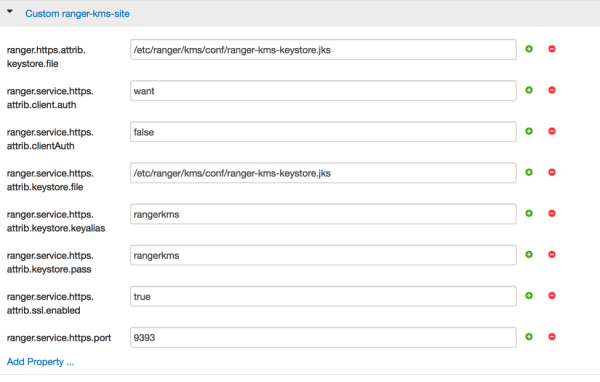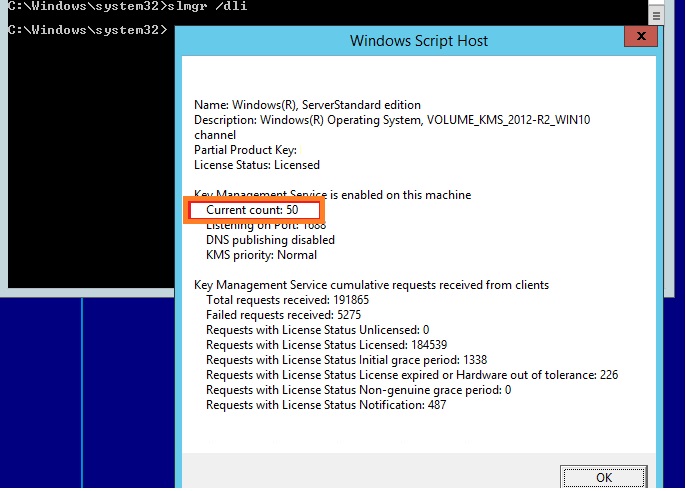
Kms Client Exe Parameters Definition
How to deploy Microsoft Office 2016 with SCCM 2012 R2. Select Use KMS client key or manually enter the MAK key by clicking Enter another production key. Turn on the checkbox to accept the terms of your license agreement. As a Display level. Click Add and append a SETUP_REBOOT parameter with Never value. The KMS Client Emulator uses the following commandline parameters: 'KMS Client.exe' KMSPort KMSHost ClientMode KMSPort is the TCP/IP Port, usually 1688, that the KMS Server listens on. KMSHost is the IP or Hostname of the KMS Host.
It is also advisable to read the following articles on our site: • / • / According to the Microsoft Volume License program, the minimal amount of licenses in one package is 25. Each Volume License customer gets a special CSVLK key (or KMS host key) which is used to activate an internal corporate KMS server. Internal clients (both Windows and MS Office) can be activated on this server with the help of KMS server, without having to contact Microsoft’s activation servers over the Internet. Activation error 0xC004F038: The count reported by your KMS is insufficient However, right after the installation and activation, the KMS server will not activate the clients that contacted it. If you try to activate your OS (Windows 7 Pro, in this example) on a new KMS, you receive an error. Activating Windows 7, Professional edition 0xc004f038: The Software Licensing Service reported that the computer could not be activated.

The count reported by your Key Management Service (KMS) is insufficient. Please contact your system administrator.
The matter is that the KMS server has a so-called activation count (kms counter) which value is incremented after each activation request is received from a network client. Ward kendall hold back this day pdf to excel. When accessed, the KMS server assigns a unique identifier CMID (client machine identification) to each client and puts it into local database (cache). In this case, the OS of the computer from which the request was received is not activated immediately. These activation requests are accumulated in the internal KMS cache on the server.
This occurs until a certain minimum threshold of activation requests received within the last 30 days has been overcome in the KMS database. This threshold is 5 activation requests from the server OSs and 25 activation requests from the desktop Windows OSs (the activation thresholds for desktop/server OSs are independent, i. If the value of the KMS count has exceeded 25 activation requests from client OSs, this server will not activate server OSs until the number of activation requests from these platform reaches 5). If the client does not contact the KMS activation server during 30 days, it is automatically removed from the KMS database, and the KMS activation counter is reduced by one.
You can get the CMID value on a particular computer using the following command: Get-WmiObject -class SoftwareLicensingService -ComputerName salarypc121 Select-object ClientMachineID You can reset the current CMID by running sysprep or using the command. The KMS server caches only the last 50 CMIDs (in this case, the number of KMS clients on the server can be significantly more than 50). To get the exact value of the counter, run the following command on the KMS server: cscript slmgr.vbs /dlv 98ebfe73-2084-4c97-932c-c0cd1643bea7 Key Management Service cumulative requests received from clients Total requests received: 2599 This means that this KMS server received 2599 activation requests from clients. KMS client activation period is 180 days, and every 7 days (7 days is set by default, it can be changed with the command slmgr.vbs /sri) the client tries to renew the activation (for the next 180 days).